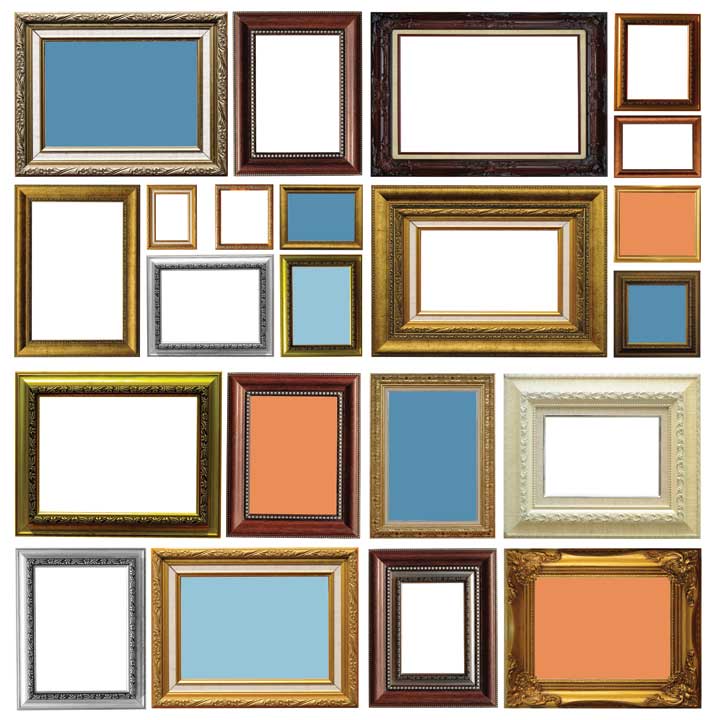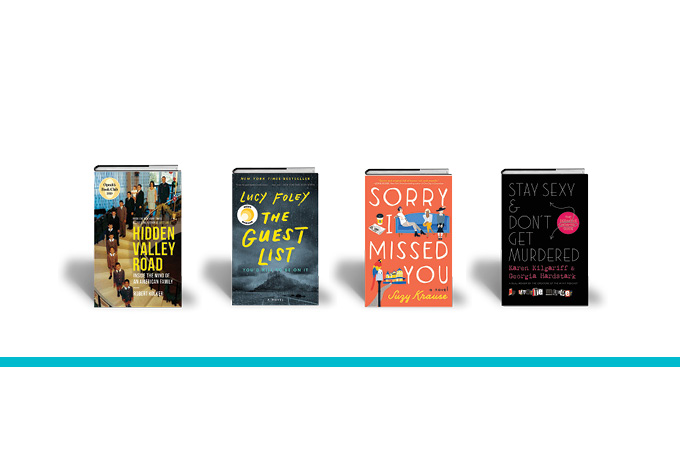You don’t have to be a wealthy art expert to build an art collection. Here’s how to get started — with only $1000.
Some people collect art because it feeds their soul. Others consider it a good investment. And the rest? Well, they’re just searching for something that looks good over the couch.
“There are many reasons to buy art, and all of them are valid,” says Jonathan Kodner, president and director of Kodner Gallery in Ladue. “What it takes to be a collector as opposed to a purchaser is a desire to explore and enjoy art—and it’s entirely possible to do that on a relatively modest budget.”
One of the most important things a beginning collector can do is look and listen, Kodner says. “Educate your eye by going to as many museums and galleries as you can. What moves you? Pay attention. Then ask yourself what these elements have in common. Is there a certain style, movement or period you’re drawn to? Listen to your instincts.”
But don’t pull out your wallet yet. “If you have friends or family who collect, talk to them and get a few gallery recommendations,” Kodner says. “Then build a relationship with a gallery owner or dealer you trust, one who stands behind everything they sell. They can guide you toward authentic works of good quality and value that appeal to you, fit your budget, and hold or increase their value over the years.” Don’t be embarrassed or intimidated if you have only $1,000 to spend. “Being on a budget helps you build your collection slowly and thoughtfully,” he says. “You can get a steel-plate engraving, stone lithograph or even a small oil painting by a well-established artist for that amount. There also are many works by young artists with good credentials, or second- or third-tier 19th- and early 20th-century artists, available at an affordable price.”
Whether you’re a serious or recreational collector, there are guidelines that can maximize your understanding and enjoyment of art and ensure its quality and value. “Develop your eye, develop a relationship with a reputable dealer or curator, and buy the best you can, given your budget,” says art dealer William Shearburn, whose new gallery on South Skinker Boulevard opens Friday. “Follow those guidelines, and the investment value of your collection will take care of itself.”
Being aware of what attracts you and keeping an open mind are essential to developing and trusting your eye, Shearburn You don’t have to be a wealthy art expert to build an art collection. Here’s how to get started—with only $1,000. notes. “But at a certain point, you need to work with someone who knows what they’re doing and can help you determine what makes one piece better than another, whether it’s a museum curator, a dealer, an art critic whose work you respect, or another collector,” he says. “You’d be surprised what you can find for not a lot of money.”
Smart buys for beginners with a limited budget include photography and works on paper, Shearburn says. And the work of emerging artists is always a good place to start. “Washington University’s MFA program holds two open studios a year,” he says. “Even if the work isn’t fully mature, you can tell if it’s promising by comparing it to the work of a fully established artist working in a similar style.”
The eye always will be more important than the wallet when it comes to art. “One of the most important collections of minimalist and conceptual art in the world was built by Herb and Dorothy Vogel, a Manhattan postal worker and his librarian wife,” Shearburn says. “They didn’t have much money—I think Herb made $20,000 a year—but they loved art.” The Vogels acquired the work of young, unknown artists, sometimes trading cat-sitting for canvasses. “Well, those artists grew up to be Donald Judd, Robert and Sylvia Mangold, and other art stars. Today, the Vogels’ collection, worth millions of dollars, belongs to the National Gallery of Art.” The moral of the story? “It doesn’t matter if you’re spending $1,000 or $1 million. If you don’t love it, if it doesn’t make your heart beat a little faster, don’t buy it.”
by Tony Di Martino








